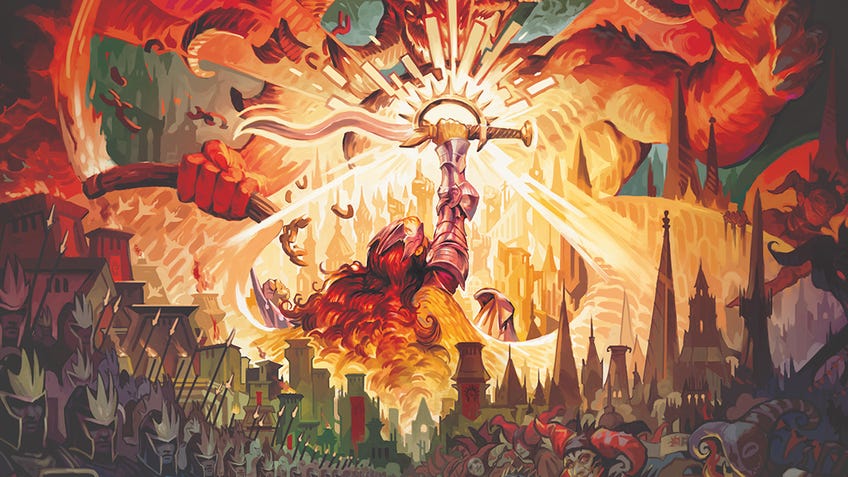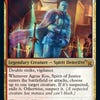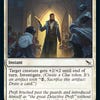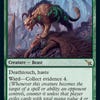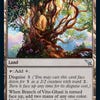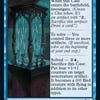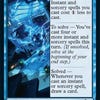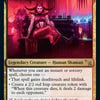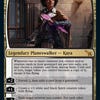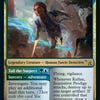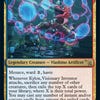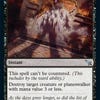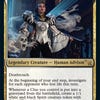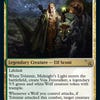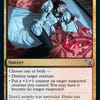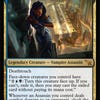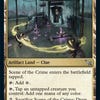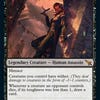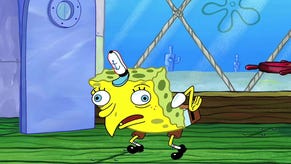MTG's Murders at Karlov Manor mechanics: suspects, disguises and evidence explained
Morph gets a glow-up and investigations return in this magical whodunnit TCG set.
Murder is afoot in Ravnica, and Magic: The Gathering’s upcoming trading card game set gives players a suite of investigative tools for collecting evidence, unmasking potential killers and - if they’re feeling the heat - hiding their cards in plain sight.
Murders at Karlov Manor, which releases on February 9th, is full of firsts for the venerable TCG - it’s the first set that will use the unified Play Booster instead of a combination of set and draft booster packs with different purposes. It also introduces three interconnected mechanics all themed around hiding and sleuthing.
The plane-wide city of Ravnica is suffering under a spree of inscrutable murders, inciting a war between two guilds and leaving everyone bracing for yet another all-consuming conflict. It’ll take the keen minds of the Ravnican Agency of Magicological Investigations and a little luck to shackle the culprit before all hell breaks loose.
Investigate
If you care less about that than you do Murder at Karlov Manor’s mechanics, let’s start with the returning Investigate. Cards with this ability create Clue tokens - a colourless artefact token that can be sacrificed with a little colourless Mana in order to draw a card. First introduced in 2016’s Shadows over Innistrad, Clue tokens help keep hands full of gas while also providing handy fodder for any strategy that cares about artefacts.
Disguise
The first new mechanics, Disguise and Cloak, are MTG’s second run at the old Morph keyword from the Tarkir block. Both allow cards to be played face down as 2/2 creatures, but the new Disguise also gives them Ward 2 (meaning opponents must pay two Mana to target them with spells or abilities). The disguised card’s controller can turn it face-up at any time for its cost, which happens immediately and doesn’t use MTG’s stack rules. It’s the perfect way to slip a massive threat under the radar and around an opponent’s defences. Any tokens, equipment and enchantments stay on the revealed creature, as it never leaves the battlefield while transforming - handy!
Some cards will mention Cloak, which is a slight nomenclature change on Morph’s sibling keyword - Manifest. Cloaking a card essentially turns the target into the same face-down creature mentioned above, except now you can Cloak whatever target the spell dictates - even an opponent’s cards. There are also spells that will rip a disguise off cards, Scooby-Doo style. Otherwise, you can only peek under the mask of Cloaked cards you control.
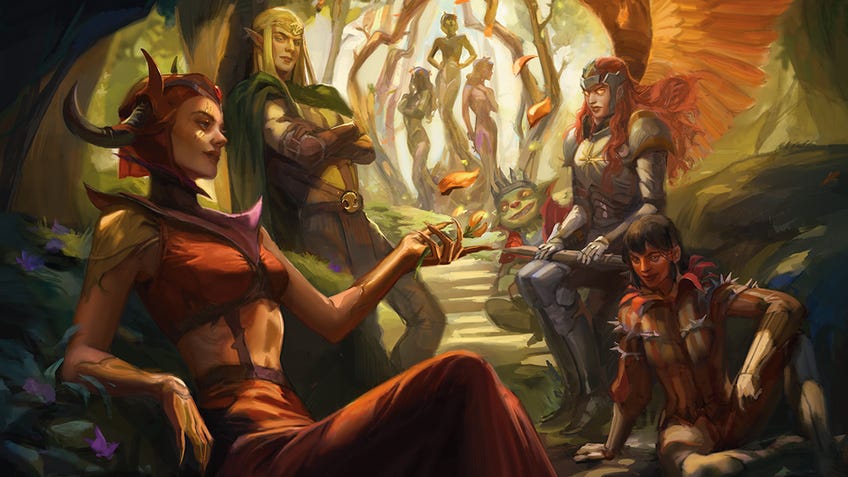
Suspects
If a creature or other card becomes Suspected thanks to the scrutinising gaze of an opponent, it gains a new token type that grants it Menace (can only be blocked by two or more creatures) while also stripping away its own ability to block. This status remains until it leaves the battlefield or another ability removes that Suspected status. Other cards might interact with Suspected cards, gaining more control over them thanks to their status on Ravnica’s Most Wanted list. Oddly, MTG’s designers decided to use tokens instead of the role cards from 2023’s Wilds of Eldraine - a missed opportunity, in my opinion.
Evidence
Any good detective knows the importance of hitting the streets for information, and players will do their own gumshoeing when cards prompt them to Gather Evidence. This ability will be followed by a number, which indicates the total mana value of cards they must exile from their graveyard in order to gain the desired effect. It’s a bit like rifling through the bins and stitching shredded documents back together, but much less tedious and smelly.
Some cards will force your opponent to Gather Evidence with no upside - they simply lose those cards from their graveyard - while others will care “if evidence was collected” when they enter the battlefield or activate abilities.
Cases
The last and most interesting new mechanic is another twist on the popular Saga enchantments. Instead of gradually telling a story, Case enchantments introduce a mini quest that players must complete to enjoy the most powerful effects. Split into at least three sections, the topmost ability of a case is always active - you get something for simply casting the spell. The middle section explains the conditions to solve the case, while the bottom indicates the reward for all that complicated brainwork.
Like Sagas, Cases will use counters to keep track of their progress. Once the conditions to solve a Case are met, it triggers at the beginning of the controlling player’s next end step - best to connect all that red string while it’s still your turn. If the bottom ability is static, it simply turns on. Similarly, activated abilities can now be manually used and triggered abilities happen as normal. Cases will stick around until something else sweeps them off the board.
Murders At Karlov Manor will hold prerelease events at local game stores starting February 2nd, ahead of the wider release on February 9th. If you missed MTG’s first set of the year, technically, read all about our impressions of Ravnica Remastered and check out some of the best cards in this reprint-heavy revisit to the TCG’s favourite city.
